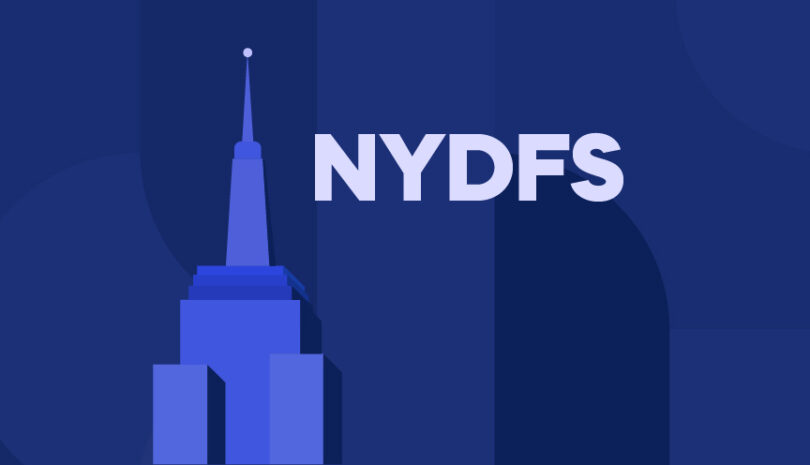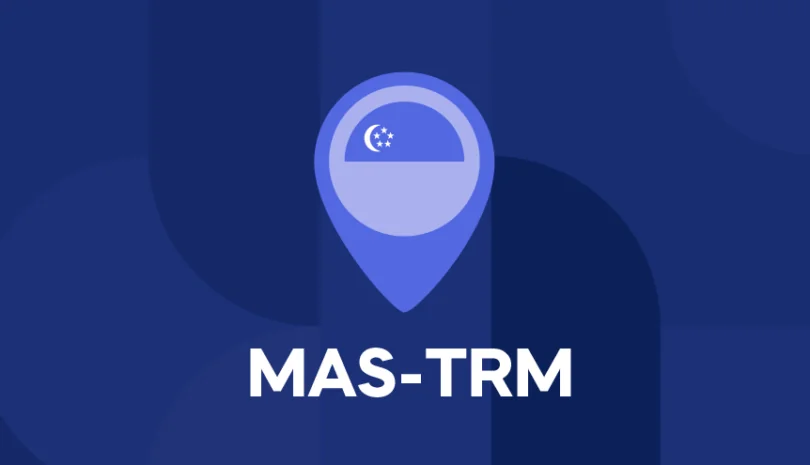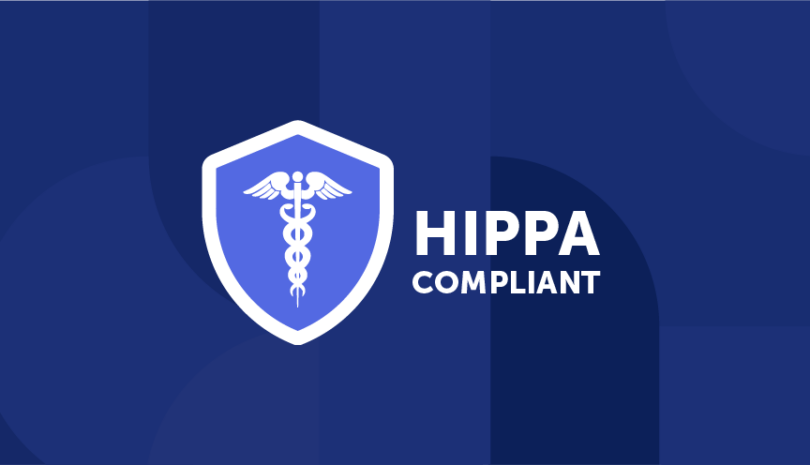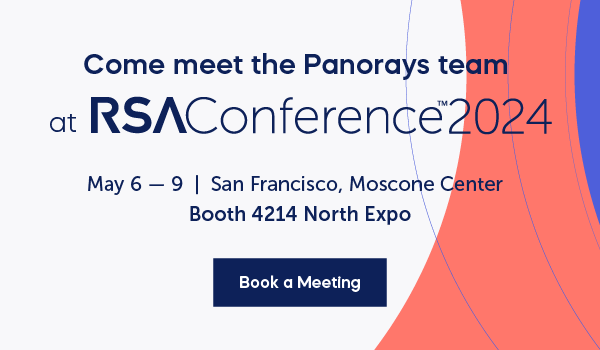You want to grow your business, but your customers want to be sure that you have taken steps to prevent unauthorized access to their sensitive data and personal information. This is particularly important since according to Poneman’s 2022 report “The State of Security and Third-Party Remote Access Risk,” 58% of financial organizations and 55% of healthcare organizations have experienced a third-party data breach in the last 12 months. Yet neither industry feels that third-party security is being prioritized. One effective way to demonstrate that your organization has the right security controls in place is through a Service Organization Control 2 (SOC 2).
What Is a SOC 2 Control and Why Is It Important?
SOC 2 controls are the processes, policies, and systems your organization implements to ensure its security measures and data security are aligned to comply with SOC 2 standards. Developed by the American Institute of Certified Public Accountants (AICPA), SOC 2 is an auditing procedure that checks the security controls service providers and third parties have in place. Achieving a SOC 2 attestation means that you have demonstrated effective security controls design.
Compliance with SOC 2 has many advantages, including making your organization’s controls and processes more efficient and saving time and resources. It can also help improve your organization’s ability to defend against or minimize security breaches.
What are the Five Trust Services Criteria?
The SOC 2 report provides an overview of how companies manage customer data based on the five Trust Services Criteria. These security criteria mention several different categories of customer data: personal, confidential and sensitive information. Personal information is sensitive information that identifies an individual, such as their first and last name. Not all personal information is sensitive, however. Sensitive data is information that organizations must prevent from unauthorized access, such as usernames and passwords. Confidential data, on the other hand, is sensitive data that must be shared with other parties. Health information is the best example of confidential information.
The five Trust Services Principles include:
- Security – Can your organization protect both confidential information and sensitive information? Does this also include the system processing, transmission or transferring of data to meet its business objectives?
- Availability – Is your organization monitoring and maintaining your operation and systems to ensure it can meet the entity’s objectives? Does this include making sure it has the processing capacity to meet its goals and identify any threats that may harm your system and operations?
- Processing integrity – Can your organization process data accurately and in a timely manner? Are the systems used to achieve this free of error, delay or unauthorized use? Is there a record of system input activities and is the processing of activities clearly defined?
- Confidentiality – Does it have procedures in place to identify sensitive information and decide when it should be disposed of? Can your organization protect sensitive information throughout this entire process?
Privacy – How should your organization collect, retain, use and dispose of personal information? How are users notified of how your organization responds to data privacy?
What Is the SOC 2 Controls List?
The SOC 2 controls list is based on the five Trust Services Criteria (TSC) that organizations are verified on during their SOC 2 audit report. While some TSCs are more policy-oriented, others are technical. None of them, however, will tell your organization exactly what to do. Instead, they are recommendations for the types of systems your organization should implement to protect customer data.
- Physical access controls
These controls include both physical and virtual measures to prevent unauthorized access to protected information assets with sensitive and confidential data. Electronic door keypads, biometric controls and locks are all examples of a physical access controls system.
- Operational controls
These controls test your organization’s operational effectiveness in the event of any disruption to your operations and its ability to minimize the effects of any security incident. Risk mitigation can include incident response, threat detection and compliance.
Change management controls
These controls help your organization put policies and procedures in place for updating its software, infrastructure and processes. They help prevent unauthorized changes. Senior management may need to define roles and responsibilities for this process and update it at least once a year.
Risk mitigation controls
Risk mitigation controls help to reduce and defend against any potential threats and vulnerabilities that arise from third-party vendors. A risk assessment should first identify possible sources for risk, including leadership, environmental, political and technology changes. Only then can they be evaluated for their potential impact. A different control must be applied to reduce or mitigate each risk.
The 5 SOC 2 Controls to Consider Including in Your Security Measures
SOC 2 controls are meant to ensure that your organization’s systems are secure, your data is protected and that you are implementing security best practices.
What are some of the important security controls that should be included in your SOC 2?
Here are five important considerations:
1. Data Access
It’s important to assess the amount and the critical nature of the data that employees can access. For example, an HR manager that interacts with unauthorized entities may not have the right training to identify a phishing attempt, and so should not necessarily be granted access.
Therefore, it’s vital for companies to conduct periodic reviews of users and permissions, modify user access and even make sure to fully erase obsolete laptops before disposal. By limiting access to critical data, companies can reduce the threat of an attacker accessing the corporate network.
2. Encryption
Encryption is another proven security technique that can greatly reduce the risk of unauthorized access. Simply put, it’s a method by which information is converted into code that hides the true meaning of the information. To be effective, encryption should be implemented both for data at rest (on disk/storage) as well as for data in transit.
Despite its effectiveness, not all organizations implement encryption. In fact, in a 2022 Ponemon study of nearly 6,000 individuals in 17 countries/regions, only 62% said their organizations have an overall encryption plan that is applied consistently across the entire enterprise. Over 50% admitted that their organizations transfer sensitive or confidential data regardless of whether it is encrypted or not.
3. Two-Factor Authentication
Two-factor authentication (2FA) requires users to provide a secondary authentication like a security token or biometric factor, as well as a password. Essentially, the requirement is to provide “something you know” along with “something you have.” This adds an additional layer of security and greatly reduces the risk of hackers accessing sensitive data. In fact, Microsoft has said that users who enable multi-factor authentication for their cloud accounts block 99.9% of account hacks.
While 2FA is a requirement in some cases, such as when accessing a US government website, not all companies have it. Since it has proven to be a powerful deterrent, using 2FA is a sure sign that your company is taking security seriously.
4. Disaster Recovery
Part of demonstrating your company’s security involves providing evidence that you’ve planned for the worst. Whether you experience a natural disaster or a cyberattack, you need to show that there’s a realistic process in place to resume business quickly, and without major losses to revenue or operations. And these losses are only estimated to increase. Consider that in Q3 of 2022 alone, we saw a 70% increase in records breached worldwide — a total of 108.9 million accounts breached.
Creating a disaster recovery plan begins with a thorough risk assessment so that your organization can identify vulnerabilities to your IT infrastructure. It should include a statement of the main goals of the plan, contact information for key personnel, a description of emergency response actions after a disaster, a list of license keys and software that will be used to restore operations, a testing plan, alternate facilities and/or remote work planning
5. Third-Party Security Management
Because cyber risk can be increased through third parties, your SOC 2 should include third-party cybersecurity risk controls. For this reason, it’s important to demonstrate that you have a solid third-party security management process. But assessing and monitoring your third parties can take lots of time and effort.
How Panorays Can Help
Panorays works with your third parties to check that they are secure, both through its automated questionnaire and by performing an external attack surface assessment. We also continuously monitor your third parties to check for any changes to cyber posture. Since the entire process is automated, your company can greatly reduce the time spent on third-party security management and simplify SOC 2 audits.
Want to learn more? Get started with a Free Account today to help build cybersecurity trust with your third parties.
FAQs
SOC 2 controls are the processes and systems that help an organization detect and prevent security incidents, strengthen its information security practices and ensure that it manages data to protect the privacy and security of its customers and comply with the requirements of SOC 2 regulations.
SOC 2 stands for Service Organization Control and it is an auditing procedure developed by the American Institute of Certified Public Accountants (AICPA) that verifies the security controls that service providers and third parties have in place.
SOC 2 Type 2 controls verify how efficient your organization’s processes are for data security over a period of time. This is in contrast with SOC 2 Type 1 controls, which measure the efficiency of these processes at a certain point in time.
While both SOC 1 and SOC 2 controls focus on an organization’s internal controls, SOC 1 controls are focused more on finance and SOC 2 controls focus on security, availability, processing integrity, confidentiality and privacy. The SOC 2 controls are based on the Trust Services criteria.




